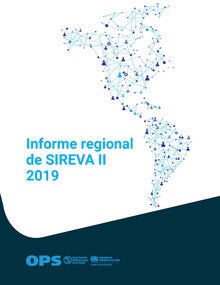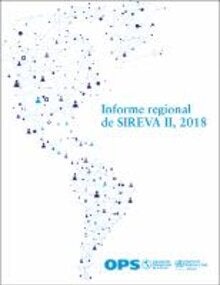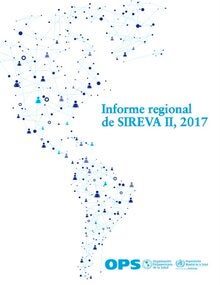SIREVA
< Back to the Immunization Toolkit
In 1993, the Pan American Health Organization (PAHO), with support from the Canadian International Development Agency, implemented the SIREVA (Regional Vaccine System, according to its Spanish acronym) program as a regional strategy for epidemiological and microbiological surveillance of invasive bacterial diseases, primarily pneumonia and meningitis caused by Streptococcus pneumoniae. This system made it possible to generate information on circulating serotypes, antimicrobial resistance, and disease burden, guiding decisions on public health and vaccination.
Starting in 2004, the program evolved into the current Surveillance Network System of Agents Responsible for Bacterial Pneumonia and Meningitis (SIREVA II), expanding its scope to also include surveillance of Haemophilus influenzae and Neisseria meningitidis. This new stage incorporated international quality standards (ISO 15189, CLSI), strengthened the technical capacity of regional and national reference laboratories, and consolidated a collaborative network for monitoring serogroups, antimicrobial resistance, and evaluating the impact of conjugate vaccines.
SIREVA II continues to be a key network for generating scientific evidence that guides the formulation of immunization policies, the rational use of antibiotics, and the strengthening of invasive bacterial disease surveillance systems in Latin America and the Caribbean.
Specific objectives
- Generate quality information accepted by the international scientific community.
- Create an intra- and interregional network that would serve as a model platform in accordance with the principles of quality management.
- Create a biological material bank that, associated with the corresponding epidemiological information on a demographic basis, would allow to estimate disease burden, guide national decision-making authorities, assist in determining the ideal composition of conjugated vaccines to be used in the region and facilitate the measurement of the impact of vaccine interventions.
- Create and maintain in the long term a relationship between public health laboratories in the region in the exchange of information and technology transfer.
- Create and maintain within countries a close relationship between epidemiology departments and laboratory for the surveillance of vaccine preventable invasive bacterial diseases.
To achieve these objectives, a multicenter network was initiated in six countries in the region in 1993: Argentina, Brazil, Chile, Colombia, Mexico and Uruguay. Countries were selected based on epidemiological criteria, high prevalence, geographical distribution, population size and operational possibilities. The National Centre for Streptococcus (NCS) in Alberta, Canada, and the Laboratory Center for Disease Control in Ottawa, Canada, provided laboratory and epidemiological support, respectively. A common protocol was established, which was refined in places to respond to the specific situations of each country. The selection of hospitals was based on the pediatric population served and the manifest desire of clinicians and laboratory staff to participate in the project.
Brochure - Laboratory Detection of the Mechanisms of Antimicrobial Resistance; 2008 (Spanish only)
- The Arbovirus Diagnosis Laboratory Network of the Americas (RELDA)
- Latin American Guide for the Implementation of a Code of Ethics in Health Laboratories (Spanish only)
- Honorary Commission for the Fight Against Tuberculosis and Prevalent Diseases (Spanish only)
- Guidelines for the Implementation of Reliable and Efficient Diagnostic HIV Testing, Region of the Americas
- WHO TB Supranational Reference Laboratory Network (SRLN)
Documents









